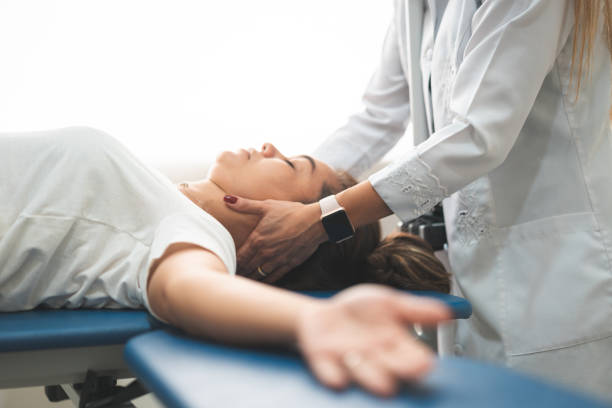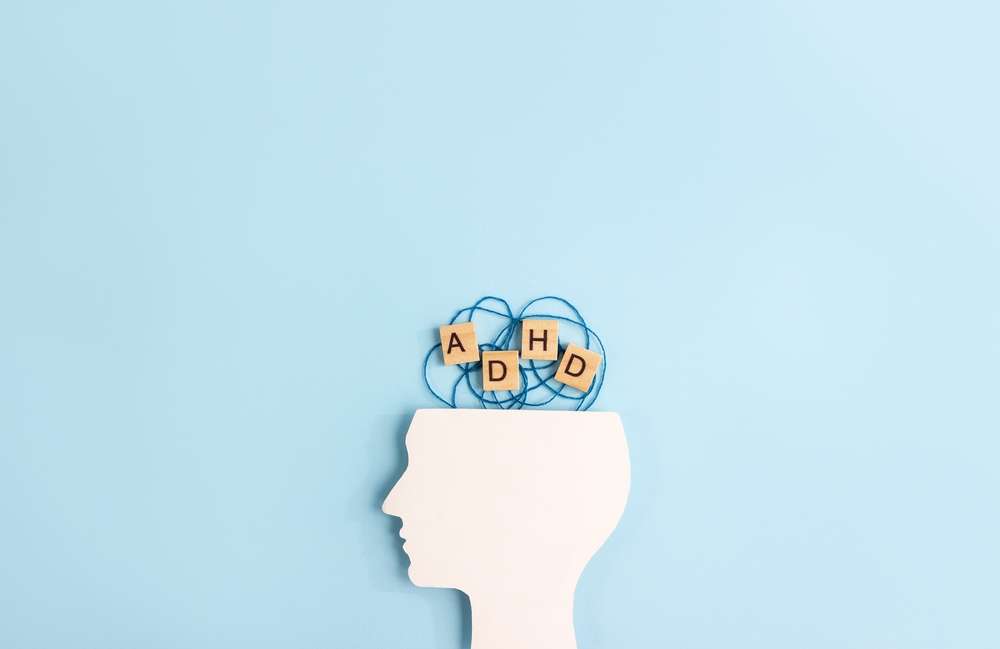Understanding Overactive Bladder and Treatment Goals
Overactive bladder affects millions of people worldwide, causing frequent urination, sudden urges, and disrupted daily routines. Modern medications offer effective relief by targeting the underlying causes of bladder control issues. Understanding the available treatment options empowers individuals to make informed decisions alongside their healthcare providers.

Overactive bladder (OAB) is a common urological condition characterized by a sudden, involuntary contraction of the bladder muscle, leading to an urgent need to urinate. This condition affects both men and women and can significantly impact daily activities, sleep quality, and emotional well-being. The primary treatment goals focus on reducing symptom frequency, improving bladder control, and enhancing overall quality of life. Effective management typically involves a combination of behavioral therapies, medications, and in some cases, more advanced interventions tailored to individual needs.
What Is Urge Incontinence Or Overactive Bladder?
Urge incontinence and overactive bladder are closely related conditions that involve bladder control issues. Overactive bladder refers to a collection of symptoms including urgency (a sudden, strong need to urinate), frequency (urinating more than eight times in 24 hours), nocturia (waking at night to urinate), and sometimes urge incontinence (leakage following a sudden urge). Urge incontinence specifically describes the involuntary loss of urine associated with urgency. These conditions occur when the bladder muscle contracts unexpectedly, even when the bladder is not full. Risk factors include age, neurological disorders, urinary tract infections, obesity, and certain medications. Diagnosis typically involves a medical history review, physical examination, urinalysis, and sometimes specialized tests like urodynamic studies to assess bladder function.
How Do Bladder Control Medications Work?
Bladder control medications are often a first-line pharmacological treatment for overactive bladder. The most commonly prescribed medications are anticholinergics and beta-3 adrenergic agonists. Anticholinergics work by blocking nerve signals that trigger involuntary bladder contractions, helping to relax the bladder muscle and increase its storage capacity. Common anticholinergics include oxybutynin, tolterodine, and solifenacin. Beta-3 agonists, such as mirabegron, work differently by relaxing the bladder muscle during the filling phase, allowing it to hold more urine. These medications can significantly reduce urgency episodes and incontinence events. However, they may cause side effects such as dry mouth, constipation, blurred vision, or increased heart rate. Healthcare providers typically start with lower doses and adjust based on effectiveness and tolerability.
What Are New Bladder Control Medication Options?
Recent advances in pharmacological treatment have introduced newer options for managing overactive bladder. Vibegron is a relatively new beta-3 adrenergic agonist approved for OAB treatment, offering similar benefits to mirabegron with potentially fewer cardiovascular side effects. Another innovation involves combination therapies that pair anticholinergics with behavioral modifications for enhanced results. Botulinum toxin (Botox) injections directly into the bladder muscle represent another modern approach, particularly for patients who do not respond well to oral medications. These injections temporarily paralyze portions of the bladder muscle, reducing involuntary contractions for several months. Additionally, research continues into novel drug delivery systems, including transdermal patches and extended-release formulations that improve convenience and reduce side effects. Patients should discuss these newer options with their healthcare providers to determine the most appropriate treatment based on their specific symptoms and medical history.
Understanding Bladder Control Medication Costs
The financial aspect of overactive bladder treatment is an important consideration for many patients. Bladder control medication costs vary significantly depending on the specific drug, dosage, brand versus generic availability, insurance coverage, and pharmacy location. Generic anticholinergics tend to be more affordable, with monthly costs ranging from approximately 10 to 50 dollars without insurance. Brand-name medications and newer agents like beta-3 agonists typically cost between 300 and 500 dollars per month without insurance coverage. Insurance plans may cover these medications with varying copayments, often requiring prior authorization or step therapy protocols. Botulinum toxin injections can cost between 500 and 1,500 dollars per treatment session, though insurance may provide partial or full coverage. Patient assistance programs offered by pharmaceutical manufacturers can help reduce costs for eligible individuals. Some patients find that comparing prices across different pharmacies or using prescription discount cards can yield significant savings.
| Medication Type | Example | Estimated Monthly Cost (Without Insurance) |
|---|---|---|
| Generic Anticholinergic | Oxybutynin | $10 - $30 |
| Brand Anticholinergic | Detrol LA | $250 - $400 |
| Beta-3 Agonist | Mirabegron (Myrbetriq) | $350 - $500 |
| Beta-3 Agonist | Vibegron (Gemtesa) | $400 - $500 |
| Botulinum Toxin Injection | Botox (per treatment) | $500 - $1,500 |
Prices, rates, or cost estimates mentioned in this article are based on the latest available information but may change over time. Independent research is advised before making financial decisions.
What Is An Implant For Overactive Bladder?
For patients who do not achieve adequate symptom relief with medications or behavioral therapies, advanced interventions such as sacral neuromodulation may be considered. This treatment involves implanting a small device, similar to a pacemaker, that delivers mild electrical pulses to the sacral nerves located near the tailbone. These nerves control bladder function, and the electrical stimulation helps regulate bladder muscle activity, reducing urgency and frequency. The procedure typically begins with a trial phase where temporary leads are placed to assess effectiveness before permanent implantation. The implant, often referred to as a bladder pacemaker, can be adjusted externally to optimize symptom control. Studies have shown that sacral neuromodulation can significantly improve quality of life for patients with refractory overactive bladder. Another implantable option is posterior tibial nerve stimulation, though this typically involves periodic outpatient sessions rather than a permanently implanted device. Candidates for implantation undergo thorough evaluation to ensure appropriateness and discuss potential risks and benefits.
Setting Realistic Treatment Goals
Establishing clear, achievable treatment goals is essential for successful overactive bladder management. Goals should be individualized based on symptom severity, impact on daily life, and personal priorities. Common objectives include reducing the number of urgency episodes, decreasing nighttime bathroom trips, minimizing or eliminating incontinence events, and improving the ability to participate in social activities without anxiety. Healthcare providers often use symptom diaries to track progress and adjust treatment plans accordingly. It is important to understand that complete symptom elimination may not always be possible, but significant improvement is achievable for most patients. Combining multiple treatment approaches, such as pelvic floor exercises, dietary modifications, bladder training, and medications, often yields the best results. Regular follow-up appointments allow for ongoing assessment and modification of the treatment plan to ensure optimal outcomes. Patients should communicate openly with their healthcare team about their expectations and any concerns that arise during treatment.
This article is for informational purposes only and should not be considered medical advice. Please consult a qualified healthcare professional for personalized guidance and treatment.




